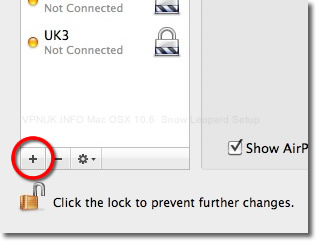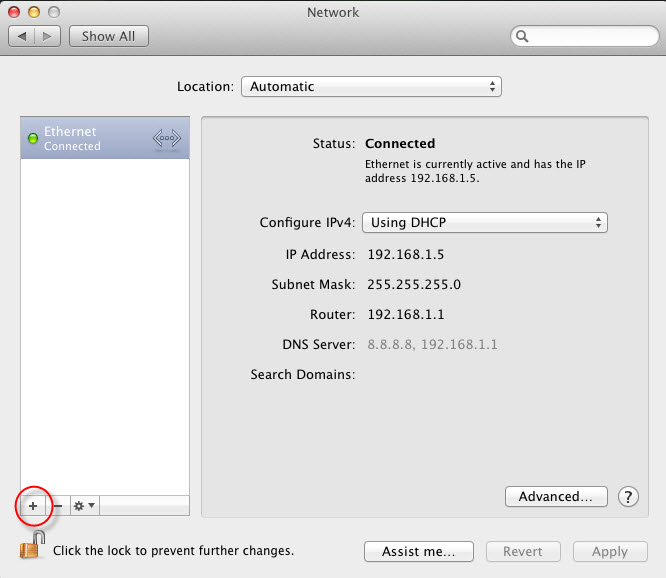


Vpn:Servers::EAP:KerberosServicePrincipalName = no Vpn:Servers::Radius:Servers:_array_index:1:SharedSecret = "2"

Vpn:Servers::Radius:Servers:_array_index:0:SharedSecret = "1" Vpn:Servers::DNS:OfferedServerAddresses:_array_index:2 = "8.8.8.8" Vpn:Servers::DNS:OfferedSearchDomains:_array_index:0 = "rp" Vpn:Servers::Server:MaximumSessions = 128 Vpn:Servers::Server:Logfile = "/var/log/ppp/vpnd.log" The output of which shows all of the VPN settings available via serveradmin (which is many more than what you see in the Server app: The serveradmin command can start the service, using the default settings, with no further configuration being required: The serveradmin command can be used to manage the service as well as the Server app. I know, I’ve described ways to manage these services from the command line before. Officially, the ports to forward are listed at. Both are configured automatically when using Apple AirPorts as gateway devices. L2TP is a bit more complicated, running over 1701, but also the IP-ESP protocol (IP Protocol 50). While deprecated(ish) PPTP runs over port 1723. Once configured, open incoming ports on the router/firewall.
#Pptp on mac osx password#

The setting used becomes the address for the VPN service in the Everyone profile. The VPN Host Name field is used by administrators leveraging profiles. The VPN Settings screen has a number of options available, as seen here. To setup the VPN service, open the Server app and click on VPN in the Server app sidebar. Setting Up The VPN Service In OS X Server And while PPTP is still accessible via the command line, L2TP is now configured by default when you setup the server using the Server app. The server was once capable of running the two most commonly used VPN protocols: PPTP and L2TP. You can check the box “Show VPN status in menu bar” then you’ll be able to connect to your VPN from the status bar.MacOS Server has long had a VPN service to allow client computers to connect to a network even when they’re out of the office. You should now be able to connect to the VPN connection. Check the Send all traffic over VPN connection check box. Then Click Apply.Ĭlick on the Advanced button.
#Pptp on mac osx windows#
When the authentication settings windows comes up select the Password Radio button and enter your HideIPVPN password in the box. In the Account Name field type your HideIPVPN username.Ĭlick on the Authentication Settings… button. Important!If you are located in a country where our site is blocked (like China) make sure your read the following post: Special VPN Settings For Chinese Users. You will find there the available servers or you can find IPs under your account. You have to check the email you have received when you have paid for the HideIPVPN account. In the Server Address field type the name or the IP address of a HideIPVPN server. The settings for the new VPN connection will now be displayed. In the Service Name field you can type anything you want, we recomend that you call the service HideIPVPN. Under the VPN Type drop down list select PPTP. Under the Interface drop down list select VPN. When the network screen pops up, click on the “+” icon in the lower left hand corner of the screen (you must have admin privileges). In System Preferences click on the Network icon. The following instructions go step-by-step through the creation process of your VPN connection.įirst, click on the Apple on the upper hand corner of the screen.


 0 kommentar(er)
0 kommentar(er)
